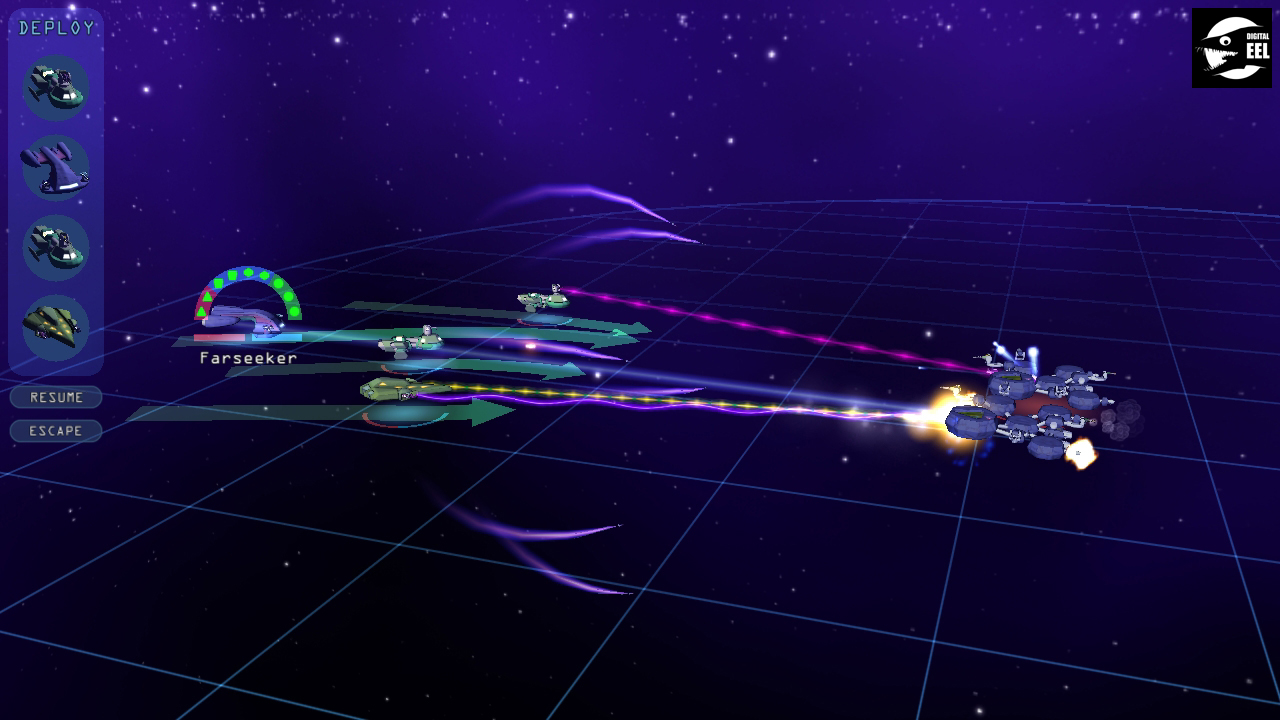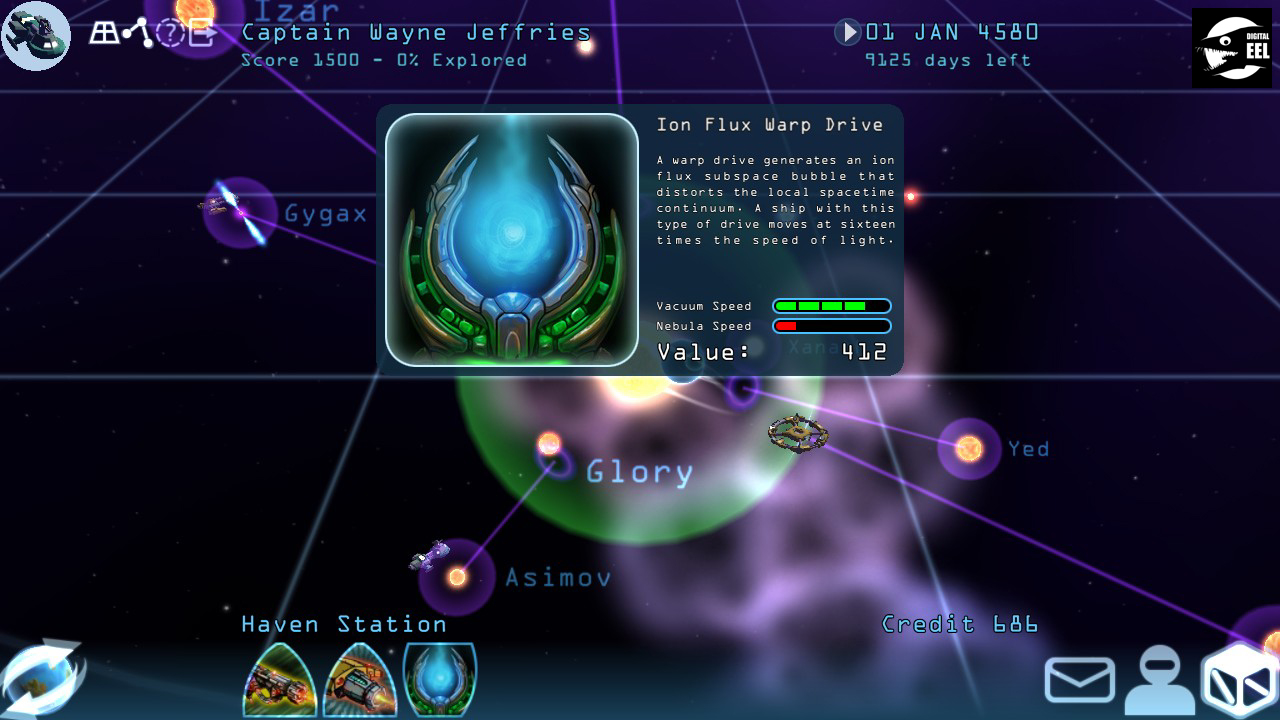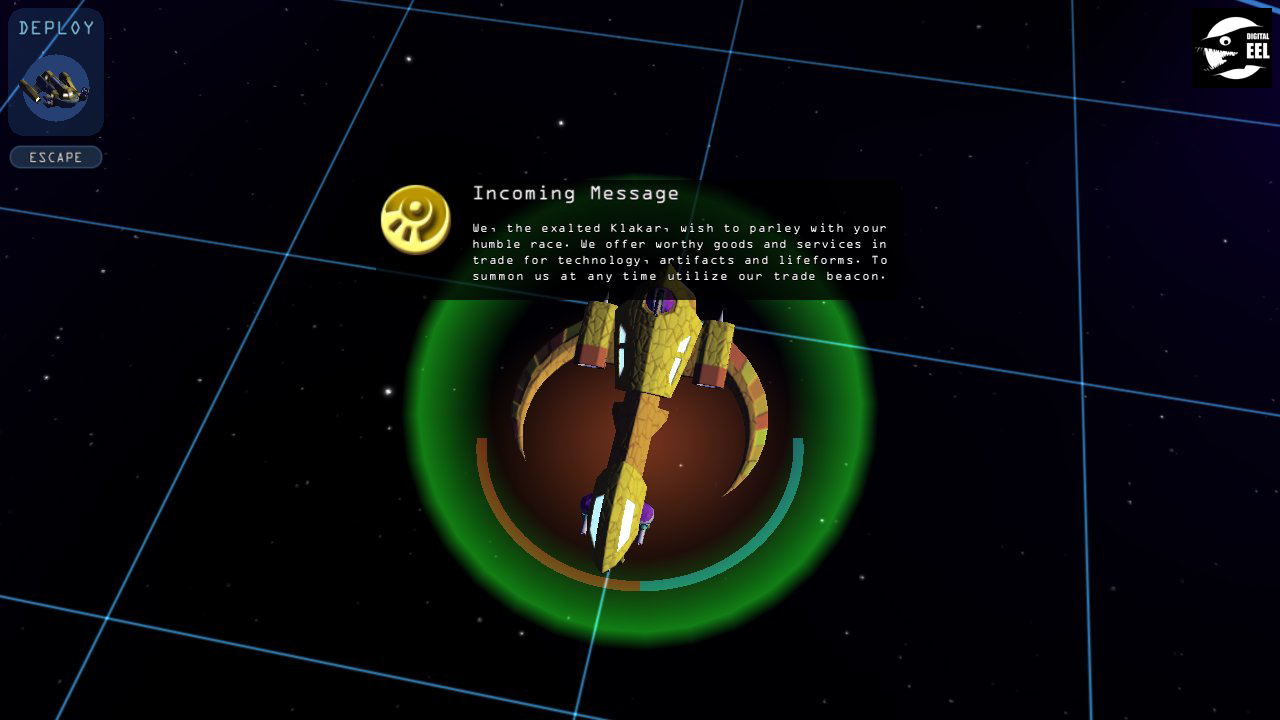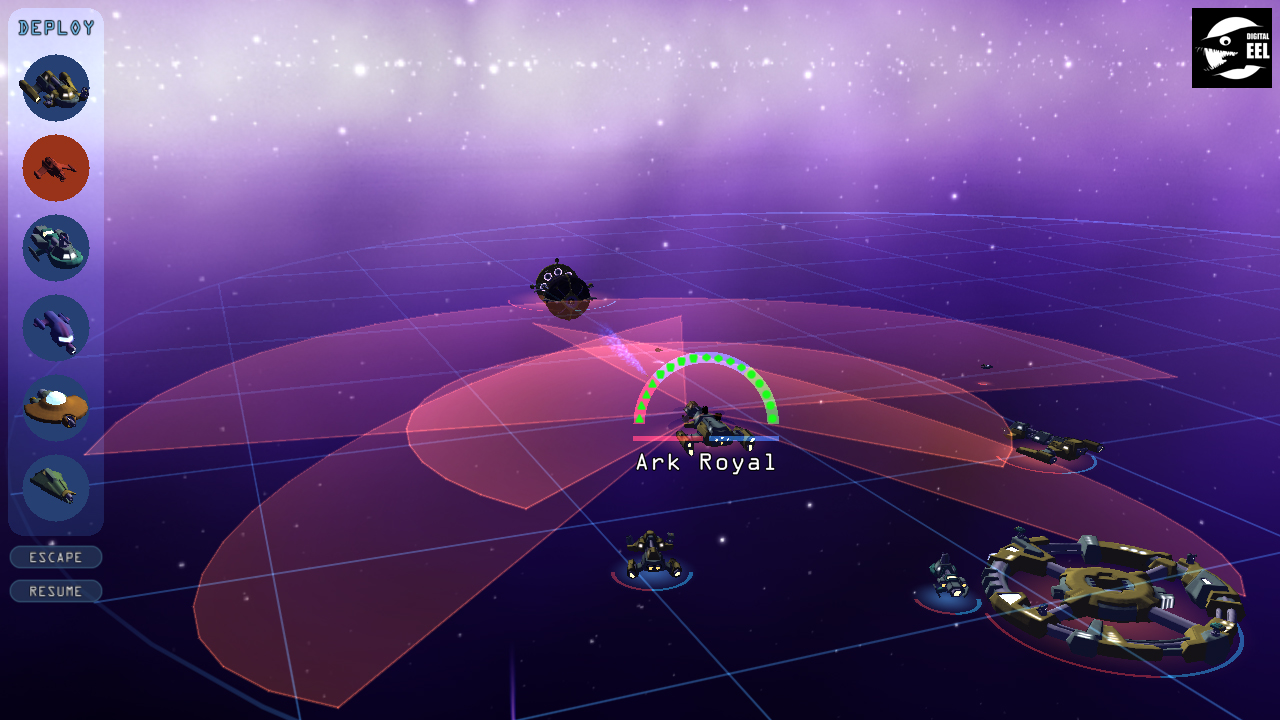Infinite Space III: Sea of Stars (PC)

Infinite Space III: Sea of Stars
I’ll admit my bias right off the bat, the original Strange Adventures in Infinite Space was the title that started my love of indie gaming. A Star Trek inspired coffee break game that had you illegally exploring the cloud nebula as its first human representative, (for better or often worse), grabbing everything not nailed down then delivering it all to your mob boss patron for fame and fortune. The sequel Weird Worlds was more of the same but better, yet retaining many flaws from the original. Then FTL came out and was a worldwide sensation. Years later this third iteration was finally released to middling response in a post-FTL market.
Which is a damn shame because not only is the third the best of the series, its innovations elevate it to the point of… I’ll put it this way, what King’s Bounty is to the Heroes of Might and Magic games, Infinite Space III is to the Sword of the Stars games (The 4X originals).

The game takes place on a 3D map of space where you have 25 years to explore all the star systems of the cloud nebula by moving in straight lines from star-to-star, avoiding nebula clouds that will slow (most) star drives to a crawl, and grabbing as much loot as possible before the time limit… and maybe saving humanity from certain destruction along the way. All finished in 30 minutes or less! Some veterans of the series complained about the switch to 3D, but I love it; you no longer get trapped in a corner by nebula clouds like you could in the 2D games, and navigating a single fleet in 3D is a piece of cake compared to ordering around an entire 3D space empire in SotS.

Your ship is fully modular, letting your replace your weapons, shield, FTL drive, impulse drive, and many other systems with higher-tech alien equipment you find on your journey. On the way you might pick up or hire alien ships to add to your fleet, including fighter-craft. Unlike the earlier games, the world is alive in IS3. Alien fleets move from star-to-star and if you arrive in a system when two enemy fleets are there, you have the option of allying with one to team up against the other. As time goes on in your 25 year mission, the technology level of the nebula increases (indicated by announcements from home of a new ship class available) and if you reach an alien homeworld with a ship of that species in your flotilla, you can upgrade it to a higher class with more weapon hardpoints and potentially new abilities (like upgrading to a Garthan light carrier with its unlimited hangar of disposable fighter-craft). PROTIP: You only need one corvette or survey-class ship in your fleet to get the full cargo space bonus.

Combat in this game happens in pauseable realtime in a 2D circular combat arena whose size is based on the number of fleets taking part and their respective weapon ranges. Unlike earlier games, you can warp in individual ships where you want when you want, so Urluquai-style pincer maneuvers are totally doable for the player at last. Once on the map, ships autofire their weapons at whatever is in range, each hardpoint having a different visible firing arc, and you can maneuver them by dragging a path. Fighter-craft make strafing runs based on their own AI, but you can specify their target ship. And its worth noting that while capital ships suffer permadeath, if you win a battle any fightercraft of yours that died can be recovered and repaired afterward.

And as a veteran of the series, the balance is just so much better. While the hyperdrive and Particle Vortex Cannon are still powerful, they’re no longer the “I win” button of the previous two games, and they may not even spawn every playthrough. Interesting new ideas abound that shake up old strategies, like the Calatians who are tiny furry aliens whose equally tiny ships can only equip fighter-class weapons, but they equip so damn many their peashooter barrage can shred a larger ship in moments. Ramming maneuvers are no longer a thing, so no more killing the Yellow Kwangi with a single cloaked Garthan corvette. And not a balance thing, but I have to mention that for a series that was so weak in the music department the last two games, the music for IS3 is wonderfully Star Trekky.

The game has some downsides. Their art guy from the previous two games sadly died, and the new stuff just doesn’t have the same personality. If you mix a super fast drive on a fighter craft with a super slow-firing weapon, the AI may barely get more than a single shot out on each of its strafing runs. Finally you can’t save mid-run, but this isn’t THAT BAD as the game is designed to be finished in 30 minutes or less.

While it’s a Star Trek-style roguelite, it is NOT like FTL and should not be judged as such. It’s a beautiful game that brings the sense of exploration and grandeur of a combat-heavy 4X to a single coffee break-sized play session and I’ve been enjoying it for years. Criminally underrated gem!
You can get it on Steam or DRM-free from Humble Store or itch.io. And if you need a demo, the original game is now freeware.
Comments? Join us on the forum.
![]() Mischief Maker
Mischief Maker





